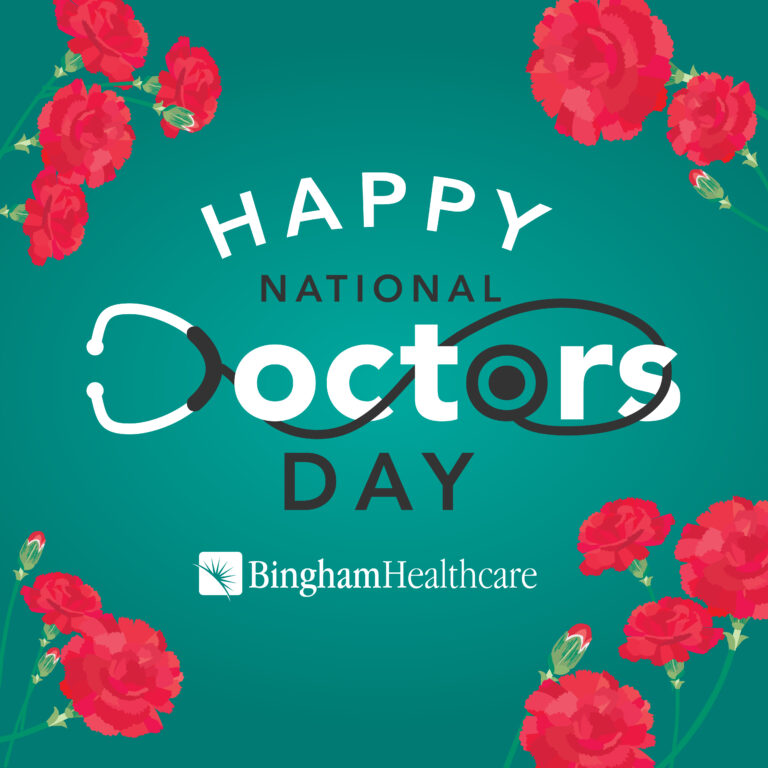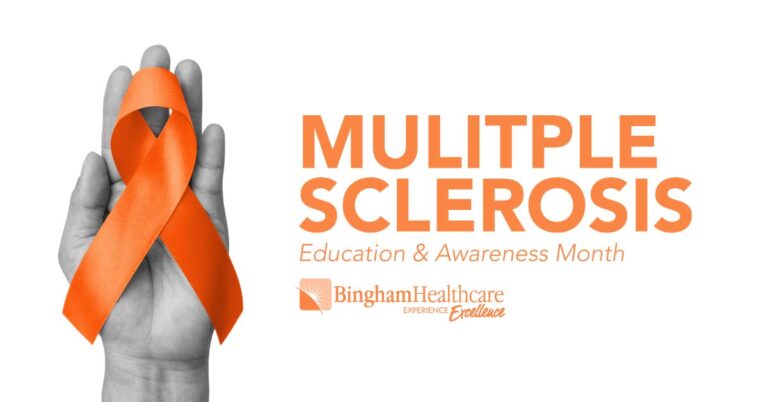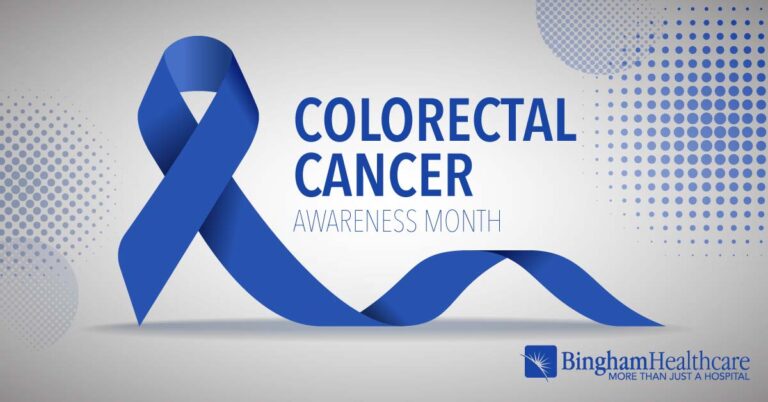
5 Steps to Better Bone Health
Dodge osteoporosis with these simple recommendations.
Can you imagine not wanting to move for fear of breaking a bone? Jennifer Bell can.
To look at her today, you’d assume the 46-year-old has always led an active life. But 15 years ago she couldn’t even get out of bed without risking a fractured rib.
When a person reaches the age of 30, bone begins dissolving faster than the body can produce new bone, and subsequently bones become thinner, weaker, and more prone to breaks and fractures. By the time Jennifer turned 30, she found out she had osteoporosis, a disease that makes bones fragile and more likely to break. It could happen in a flash: a hearty sneeze or a tight hug and—snap!—a bone could break. “I had 13 different fractured bones in two years. It was the most horrible pain,” Jennifer says.
But she didn’t give up. She tapped her knowledge as a pharmacist to find the right medication, calcium supplements, and exercise program to rebuild her bones. Today, her bone density is near normal.
It’s unusual for women to develop osteoporosis as early as Jennifer. She had two strikes against her: Osteoporosis runs in her family, and she has a petite frame. Still, her story reveals why you should have bone health on your mind—whether you’re 20, 40 or 60. To prevent osteoporosis or reverse its ravages, follow these five simple steps:
1. Talk to your healthcare provider
To learn more about osteoporosis, speak with your primary care provider, recommends Angelo Capricchione, MD, a fellowship-trained endocrinologist at Bingham Memorial Hospital. He is also board certified in the treatment of osteoporosis, diabetes, and thyroid disorders. Good questions to ask include:
- Am I at risk for osteoporosis based on my medical history, lifestyle, and family background?
- Am I taking any medication that puts me at higher risk for developing osteoporosis?
- How do I best prevent (or treat) osteoporosis?
2. Quit smoking and avoid excessive alcohol consumption
“Any dose of cigarette smoke is too much, and that includes secondhand smoke,” Dr. Capricchione says. “The good news is, for the most part, if you stop smoking associated risks can be minimized.
And while recent health studies report a glass or two of red wine per day may have health benefits, tipping the bottle more puts you at an increased risk for osteoporosis. “Excessive alcohol drinking is a major cause of osteoporosis,” Dr. Capricchione says. “It reduces physical activity, impairs nutrition, and has toxic effects on bone cells.”
3. Exercise regularly
While physical fitness makes your muscles bigger and stronger, it also makes your bones stronger and denser. The National Osteoporosis Foundation (NOF) recommends two types of exercises: weight-bearing impact exercise and resistance/strengthening exercise.
If you don’t suffer from low bone mass, osteoporosis or frailty, you can choose high-impact, weight-bearing exercises (e.g., dancing, hiking, jogging, jumping rope, stair climbing or tennis). Otherwise, choose low-impact exercises (e.g., elliptical training, swimming or walking), which are gentler on the joints.
The NOF recommends that you do weight-bearing exercises for 30 minutes most days of the week. Those 30 minutes can be broken into smaller chunks of time throughout the day, such as three 10-minute workouts. The NOF also recommends resistance/strengthening exercises (e.g., using weights, resistance bands or your body’s weight) two or three times per week.
4. Take your vitamins
You know how important calcium is to building strong bones. But vitamin D is equally important, as it helps your body absorb calcium and maintain bone density. And yet, “living in the northwestern states, our exposure to the sun is limited, increasing our risk for vitamin D-deficiency,” Dr. Capricchione says.
What’s the problem? Unless you enjoy vitamin D-fortified dairy and fish, it’s hard to get the recommended amount. Even soaking up the sunshine outdoors can be tricky. Where you live, the season, time of day, color of your skin, and your age all affect your skin’s ability to produce vitamin D from sunlight. The solution? Dr. Capricchione recommends a vitamin D3 supplement, if indicated.
Getting adequate calcium is simpler. Just keep in mind Dr. Capricchione’s rule of thumb: Every serving of calcium-rich food in your diet (milk, cheese or yogurt) counts as 300 milligrams. Using this formula, you might discover you get enough calcium already or that you don’t need a supplement. The current recommended dose is about 1200 milligrams divided throughout the day.
5. See if your bones pass the test with a Bone Density (DXA/DEXA) Sca
Bone density scanning, also called dual-energy X-ray absorptiometry (DXA) or bone densitometry, is a painless and easy scan that measures bone density, with extremely low levels of radiation exposure. The DXA scan is typically used to diagnose osteoporosis and to determine a patient’s risk for developing fractures.
A DXA scan takes X-rays of bones, most often performed on bones that are likely to break because of osteoporosis, including the lower spine, the narrow neck of the thighbone where it connects to the hip, and bones in the wrist and forearm.
This bone density test helps to identify the decrease in bone density preferably before an individual breaks a bone. The higher the bone mineral content is, the denser the bone. And the denser the bone, the stronger and less likely it is to break.
Who should get a bone density test?
The National Osteoporosis Foundation recommends bone density testing for:
- Women age 65 or older
- Men age 70 or older
- Someone who has broken a bone after age 50, non-traumatic
- Women of menopausal age with risk factors
- Postmenopausal women under age 65 with risk factors
- Men age 50 to 69 with risk factors
- Someone with long-term use of certain medications, such as thyroid meds, prednisone, or proton-pump inhibitors used for acid reflux, like Prilosec (omeprazole)
While there are other criteria, such as family history and having diabetes, that puts people at greater risk for having osteoporosis, these are some of the general testing requirements. Osteoporosis is treatable and can be prevented. If you or a loved one meets one of these criteria for testing, and have yet to be tested for osteoporosis, please speak to your primary care provider and ask them if a Bone Density (DXA/DEXA) Scan would be right for you. If so, they can refer you to Dr. Angelo Capricchione.
Angelo Capricchione, MD, is a fellowship-trained endocrinologist at Bingham Memorial Hospital, and is board certified in the treatment of osteoporosis, diabetes, and thyroid disorders. If you think you’re at risk for diabetes, need a screening, or would like to discuss the management of your diabetes, please schedule with Dr. Capricchione’s at (208) 785-3865.
He is always welcoming new patients in Blackfoot and Pocatello.
Our content is reviewed regularly and is updated when new and relevant evidence is made available. This information is neither intended nor implied to be a substitute for professional medical advice. Always seek the advice of your physician or other qualified health provider prior to starting any new treatment or with questions regarding a medical condition.
Return to Articles


